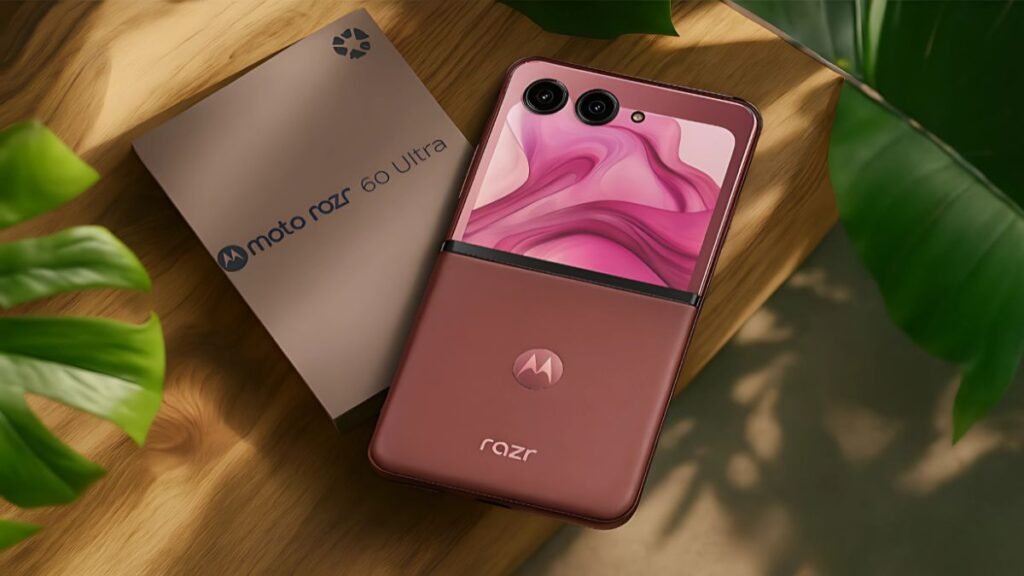Vivo Z1 Max 5G Launched: If you’ve been hunting for a budget-to-midrange 5G phone that feels premium without the premium tantrums, the Vivo Z1 Max 5G is the name lighting up search boxes. Before we sprint into the shiny bits, here’s the straight talk: headlines and retailer chatter often move faster than corporate press notes. So we approach this “first look” as a practical, buyer-first deep dive—what this phone aims to deliver, where it likely sits in Vivo’s lineup, and how you should evaluate it against alternatives. Our goal? Give you the clarity to decide confidently, not just the buzzwords.
Before We Begin: What We Can Confirm Today
We respect your time—and your wallet. The Z-series from Vivo traditionally marries aggressive pricing with features that punch above class: fast screens, dependable batteries, and cameras tuned for social-ready shots. Whenever a new “Z1 Max 5G” appears in listings or promos, the promise is simple: modern connectivity, smooth performance, and everyday endurance. Treat this guide as your decision blueprint: understand the core pillars (display, silicon, battery, cameras, software), then match them to what you actually do—be it gaming marathons, creator workflows, or scroll-’n-stream evenings. If you keep that mindset, you’ll filter hype from helpful in seconds.
Positioning: Where a ‘Z1 Max 5G’ Fits in Vivo’s Playbook
Vivo’s family tree tends to split into three vibes: V-series for style/social, T/iQOO sub-brands for speed-fiends, and Z-series for value-first all-rounders. A “Z1 Max 5G” sits right where many buyers live—fast enough to feel fresh in year two, efficient enough to last the day, and polished enough that you don’t feel you compromised. Think of it as the commuter hybrid: not a supercar, not a minivan—reliably quick, sensibly equipped, and easy to live with. Expect a focus on a high-refresh display, a lean 5G chipset, and a practical camera pair that favors clean results over gimmicks.
Design & Build: Clean Lines, Confident Grip
We anticipate a flat-edge frame with softened corners, a matte-or-satin back for smudge resistance, and a tidy camera island that won’t snag pockets. Vivo usually nails weight balance, which matters more than raw grams when you’re reading for an hour. Colorways in this lane skew lively—graphite, blue, maybe a pastel flash—while the finish aims for the “premium look from arm’s length” sweet spot. Add a raised lip around lenses and you’ve got daily-driver durability without a clunky feel. In short: modern, minimal, and comfortable.
Display: The Feel-Fast Factor
Smooth beats sharp on a phone you touch hundreds of times a day. Expect a 6.6–6.8-inch panel with at least 90–120 Hz refresh and smart brightness that holds up outdoors. A good Z-class screen prioritizes real-world readability, touch accuracy, and low-latency scrolling over spec flexing. Whether OLED or a tuned LCD, the mission is consistent color, responsive gestures, and minimal ghosting during fast swipes. If you binge reels or play rhythm games, this is where you feel the upgrade most.
Performance & 5G: Efficient, Then Fast
A “Max” in Vivo’s naming usually signals a balanced, efficient SoC—think modern MediaTek Dimensity or Snapdragon lanes that deliver snappy app launches, stable frame pacing, and cool operation. Coupled with 8–12 GB RAM (with virtual RAM options) and UFS storage, the phone should sprint through daily chores: messaging, banking, maps, and photo edits. The 5G modem is less about speed tests and more about consistent connectivity: quick app refreshes on the move, solid hotspot duty, and low-stall video calls. Translation: it just works, and your battery doesn’t melt to prove it.
Thermals & Sustained Speed
Great phones don’t peak; they persist. Look for a graphite/vapor-chamber stack and game mode controls that keep heat in check, throttle gently, and prioritize touch response. Thirty minutes into a match, you want the phone warm, not worrisome.
Cameras: Social-Ready First, Pixel Peeping Second
The sane formula here is a reliable 50 MP main camera, a helpful ultra-wide, and an AI-assisted selfie sensor tuned for skin tones. Expect clean daylight shots, credible HDR, and night images that favor noise control over over-bright drama. Video at 1080p/4K with stabilization keeps reels watchable without gimbal fuss. The point isn’t laboratory sharpness; it’s trustworthy color and stable focus so your cat, kid, or latte art looks good the first time.
Creator Shortcuts to Try
- Switch to 2× portrait for flattering face geometry.
- Tap-to-expose on faces at night; avoid lifting shadows too far.
- Keep digital zoom short; crop later for cleaner detail.
Battery Life: The Real-World Boss Fight
A practical Z-class “Max” should pack 5,000 mAh-plus and quick charging that turns 15 minutes into “evening secured.” Real wins are invisible: predictable drain, stingy standby, and adaptive refresh that coasts on text but opens the taps in games. If your typical day is commute → classes/meetings → gym → dinner plans, you want a phone that’s still chirpy at 10 p.m.—not negotiating with a power outlet.
Charging: From Panic to Plenty—Fast
Look for fast wired charging (think 44–80 W territory) with battery health features that learn your schedule, slow overnight, and sprint when you ask. Wireless in this bracket is a bonus, not a baseline; if present, treat it as desk convenience rather than a speed run. The real upgrade is psychological: knowing a shower-length top-up buys hours.
Software: Vivo’s Funtouch OS Done Right
Modern Funtouch OS has shed the clutter. Expect clean icons, granular privacy controls, and smart toggles: per-app refresh rate, call recording where legal, screen recorder, and gaming overlays that don’t hijack the UI. Three anchors matter most:
- Fast updates for core apps, 2) sensible notification defaults, 3) no duplicate app stores. If those are in place, day-to-day friction drops to near zero.
Set These on Day One
- Adaptive refresh rate (saves battery without killing feel).
- App-by-app performance (let games stretch; tame social apps).
- Do Not Disturb schedules so group chats don’t own your evenings.
Gaming: Where the ‘Max’ Makes Sense
A high-refresh screen plus an efficient SoC equals steady frame pacing in popular titles at sensible settings. You’re not chasing ultra shadows; you’re chasing responsiveness. Pair a compact Bluetooth controller and you’ve got couch-ready fun for racers, platformers, and cloud gaming. Bonus points if there’s an ultra-touch mode for lower input latency and a peek-and-pop overlay for Discord.





